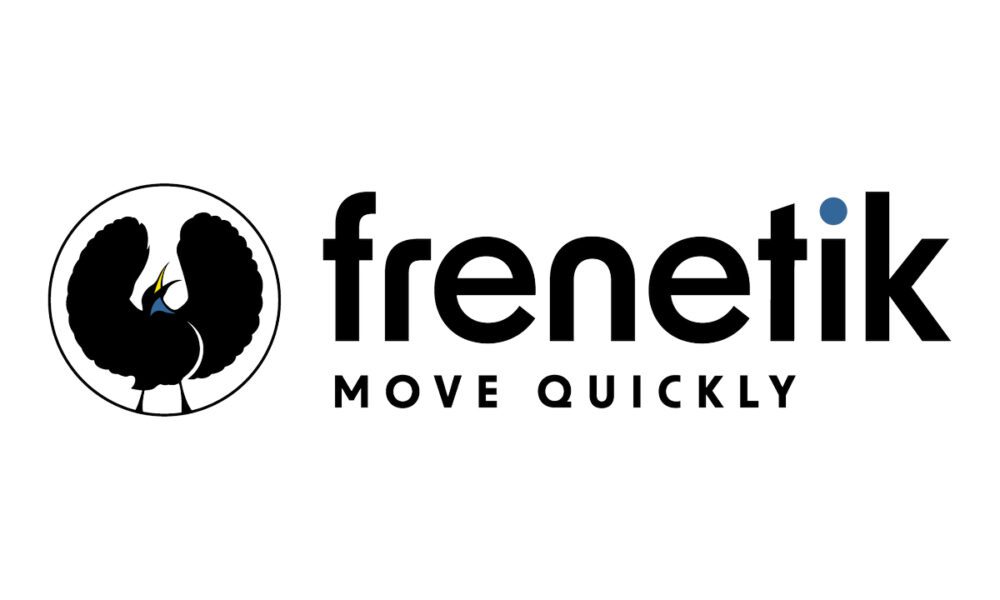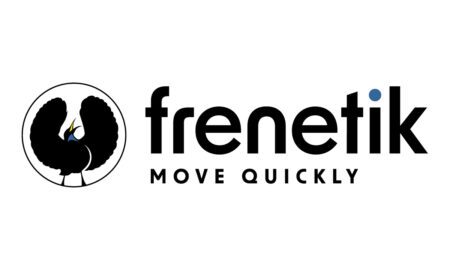As volatility in global supply chains continues to disrupt industries, the ability to track and manage logistics costs has never been more urgent. Rising fuel prices, unpredictable border delays, and mounting compliance requirements have exposed the weaknesses of traditional cost-control systems that rely on retrospective data and siloed reporting. Into this landscape, Joyce Fiemotongha introduced a groundbreaking financial analytics framework earlier this year, one that is already reshaping how organizations worldwide govern costs, improve resilience, and build sustainable logistics networks.
Fiemotongha’s research, published early this year under the title “Developing a Financial Analytics Framework for End-to-End Logistics and Distribution Cost Control,” provides a unified architecture for monitoring transport, warehousing, labor, and fuel expenses in real time. By embedding predictive tools, standardized data streams, and decision-ready dashboards into supply chain management, the framework enables companies to move from reactive cost reviews to proactive interventions. Four months since its publication, the model is being hailed as a global reference point for cost governance in logistics.
One of the framework’s central innovations is its integration of finance and operations through shared visibility. Historically, logistics managers tracked delivery times while finance teams reconciled costs weeks later. Fiemotongha’s model collapses that divide, giving both functions a common view of performance drivers. Executives are no longer learning about overruns after the fact; they are managing them in the moment.

The impact of this shift has been dramatic. A major UK retail chain was among the first to apply the cost-to-serve analysis described in the study. Within three months, the company uncovered inefficiencies in regional delivery routes that were inflating costs by 25 percent. By renegotiating contracts and consolidating underused distribution hubs, the retailer saved £2.5 million and streamlined its delivery network.
In Nigeria, a mid-sized oil marketing firm piloted the model to monitor its transport fleet. The results were equally striking. Fuel expenses dropped by 14 percent, delivery delays were reduced by two days, and previously overlooked costs such as warehouse overtime were revealed as major budget drains. “We thought our challenges were external, bad roads, unpredictable schedules,” the firm’s operations head explained. “But the framework showed us that small internal inefficiencies were costing millions. Once we could see them in real time, we could fix them.”
The timing of Fiemotongha’s framework has amplified its relevance. As COVID-19 restrictions and global trade disruptions continue to sweep through supply chains, companies that have adopted the model find themselves with an unexpected advantage. Real-time visibility into costs has allowed them to detect stress points early, reroute resources, and stay financially stable in the face of shocks. A South African manufacturer, for example, has used this framework’s predictive tools to eliminate redundant truck trips, saving money while also cutting carbon emissions by 19 percent.
Analysts note that the framework’s influence extends far beyond cost savings. By embedding transparency and accountability into daily operations, it has redefined the relationship between CFOs and supply chain managers. A Singapore-based consultant described it as “a governance breakthrough as much as a logistics innovation,” pointing out that shared dashboards have eliminated the blame cycle between departments and created a culture of collaborative problem-solving.
Fiemotongha’s contribution has also been recognized in academic and professional circles. Business schools in the UK, Nigeria, and Canada have adopted the framework as a teaching case, demonstrating how theory and practice can merge to produce scalable, real-world solutions. Trade journals across Europe and Asia cite the study as one of the most practical logistics innovations of the decade, while industry conferences have spotlighted its modular design, making it accessible not just to multinationals but also to small and medium enterprises that need gradual, cost-effective adoption paths.
The sustainability implications of the framework are equally important. By exposing hidden inefficiencies, the model supports corporate commitments to reduce waste, emissions, and energy consumption. A European beverage company that implemented the system reported annual savings of €1.8 million alongside a 12 percent reduction in carbon emissions. Its Chief Sustainability Officer noted: “What began as a financial exercise quickly became an environmental strategy. The framework made it impossible to ignore how inefficiency and waste were tied together.”
Looking forward, Fiemotongha’s framework is being expanded into even more advanced applications. Companies are experimenting with linking it to IoT fleet sensors, predictive weather models, and AI-driven demand forecasting. Researchers are exploring how blockchain could be layered into the system to enforce logistics contracts in real time. Efekpogua’s related work on risk management and digital transformation suggests that these innovations are not distant possibilities but natural extensions of her framework.
The global significance of this contribution cannot be overstated. In an era when supply chains are both the lifeblood of the global economy and one of its most fragile links, Efekpogua’s framework offers not only technical guidance but a cultural shift. It has given companies a practical tool for navigating uncertainty, aligning financial discipline with operational agility, and embedding sustainability into cost governance.
What began as a journal article is now being described by executives and analysts as a compass for the global supply chain community. The numbers, including millions saved, emissions reduced, and resilience improved, tell only part of the story. The real legacy may be in the way organizations are now thinking differently: finance and operations speaking the same language, departments sharing accountability, and leaders recognizing that efficiency, transparency, and sustainability are not competing goals but mutually reinforcing ones.
As one industry observer put it: “Joyce Fiemotongha didn’t just write a paper. She set a standard. And in a time of volatility, that standard is becoming the new normal.”


































